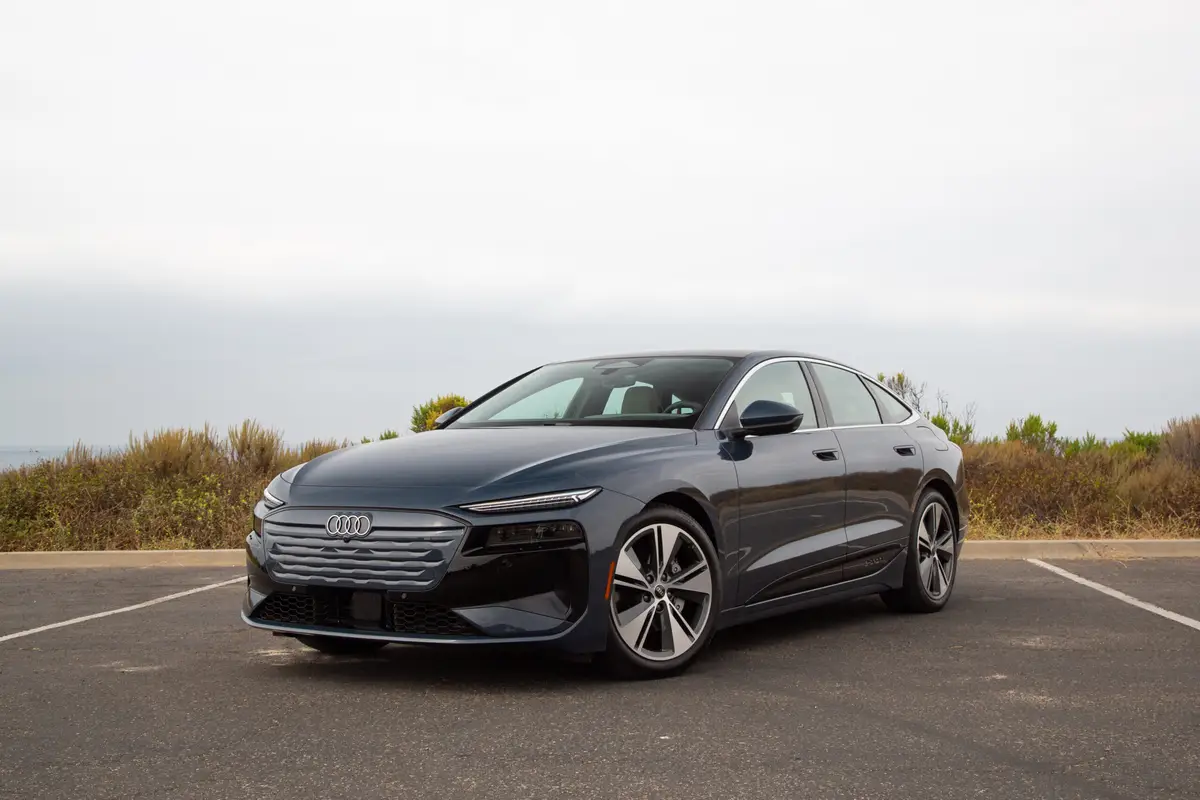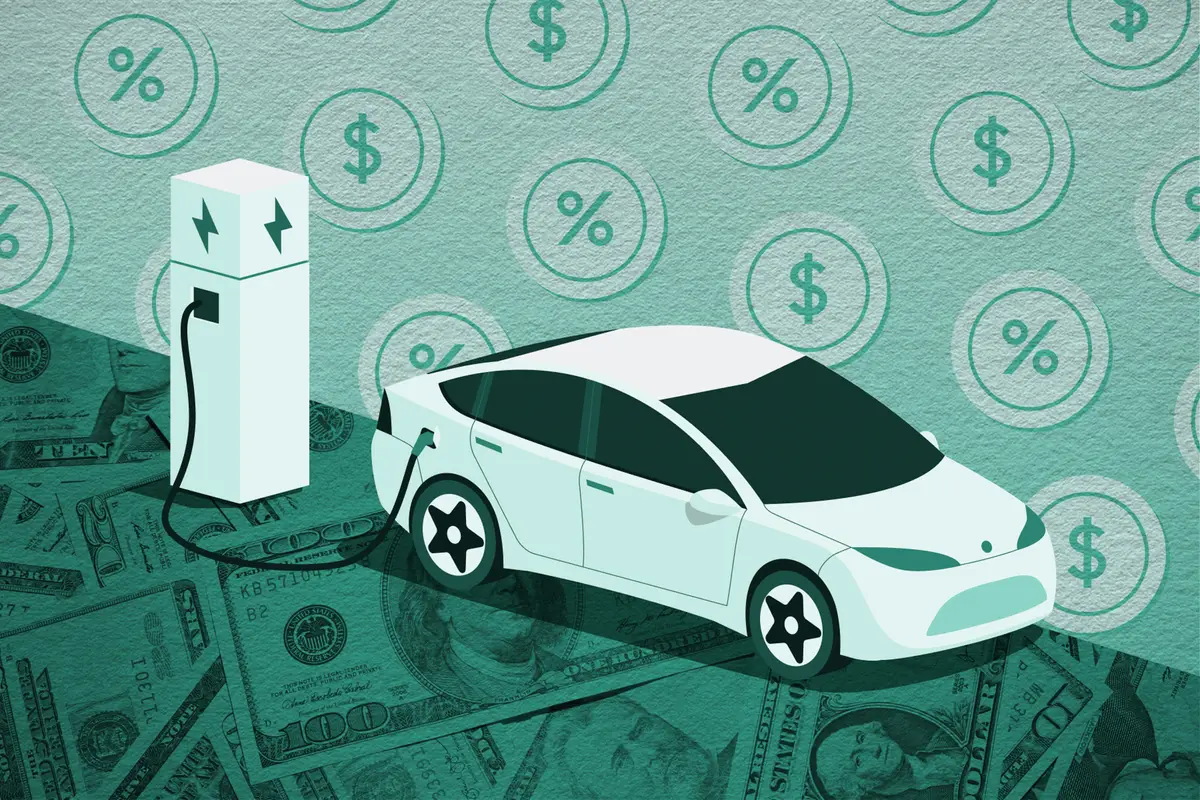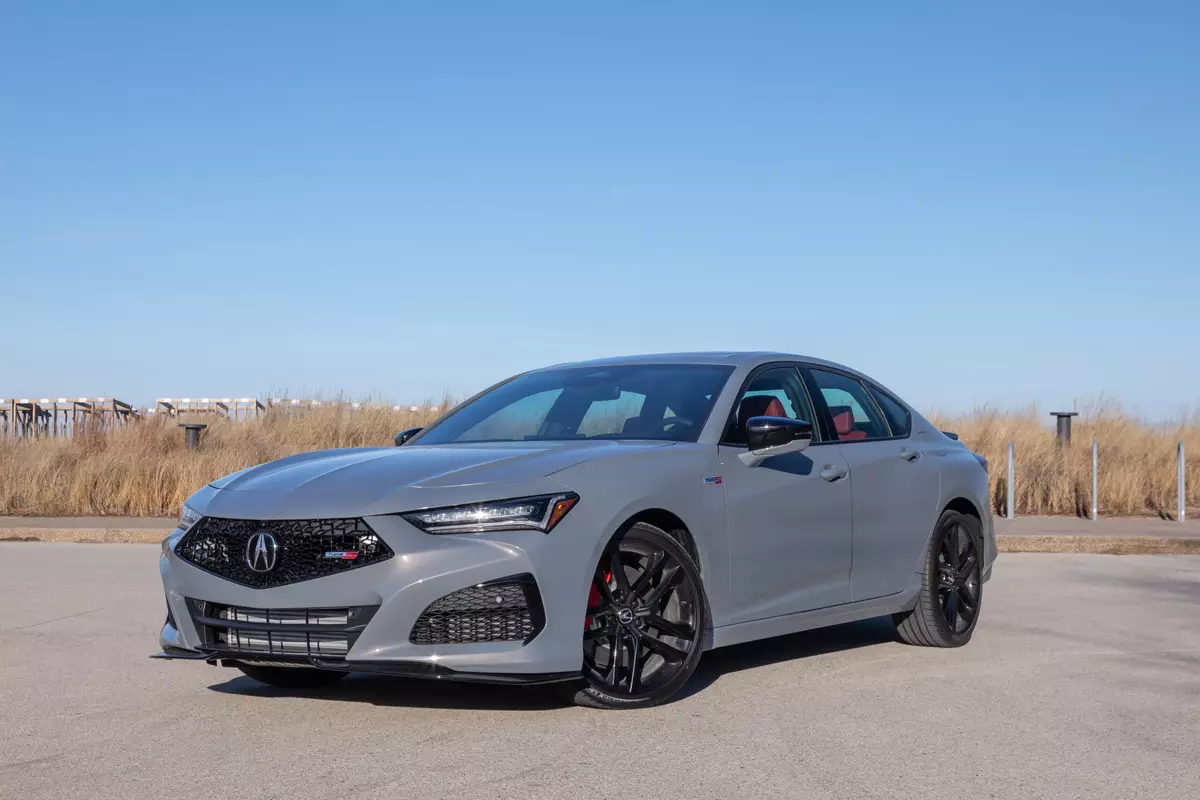2017 Hyundai Ioniq Hybrid Vs. 2017 Toyota Prius: What You Get


CARS.COM — The Toyota Prius has been the king of hybrids for as long as it’s been around — no other car is as synonymous with hybrids and fuel economy. But a new contender is entering the fray, and it matches the Prius on fuel mileage and practicality: the 2017 Hyundai Ioniq Hybrid.
Related: 2017 Hyundai Ioniq Hybrid and Electric Review: First Drive
Hyundai has made hybrid cars before — electrified versions of the Sonata have been available since 2011 — but the Ioniq is different. It’s the automaker’s first vehicle designed from the ground up to serve as a hybrid or electric engine vehicle — like the Prius.
The Ioniq Hybrid actually squeaks out a fuel-economy win on paper, topping out at an EPA-estimated 57/59/58 mpg city/highway/combined, which beats the Toyota Prius Eco and its 58/53/56 mpg rating by a few ticks. Similarly, the non-eco versions of the Ioniq Hybrid also lead with a 55/54/55 mpg estimate, versus 54/50/52 mpg for the Prius.

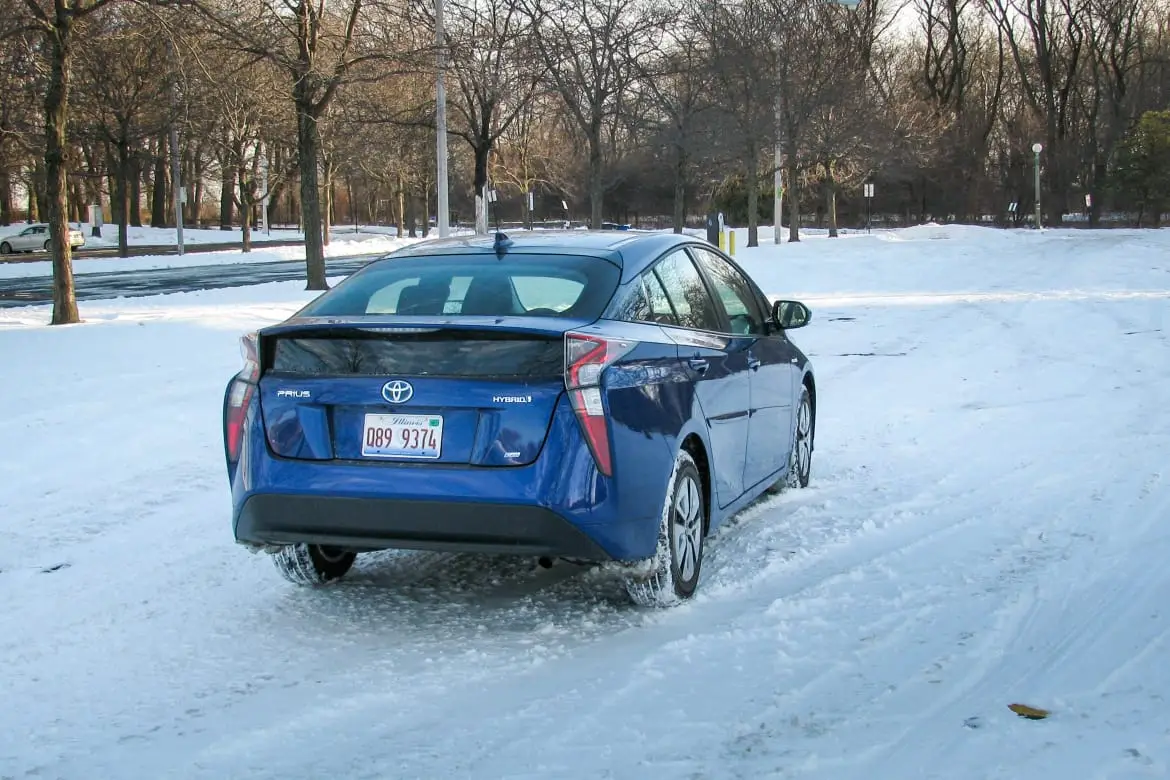
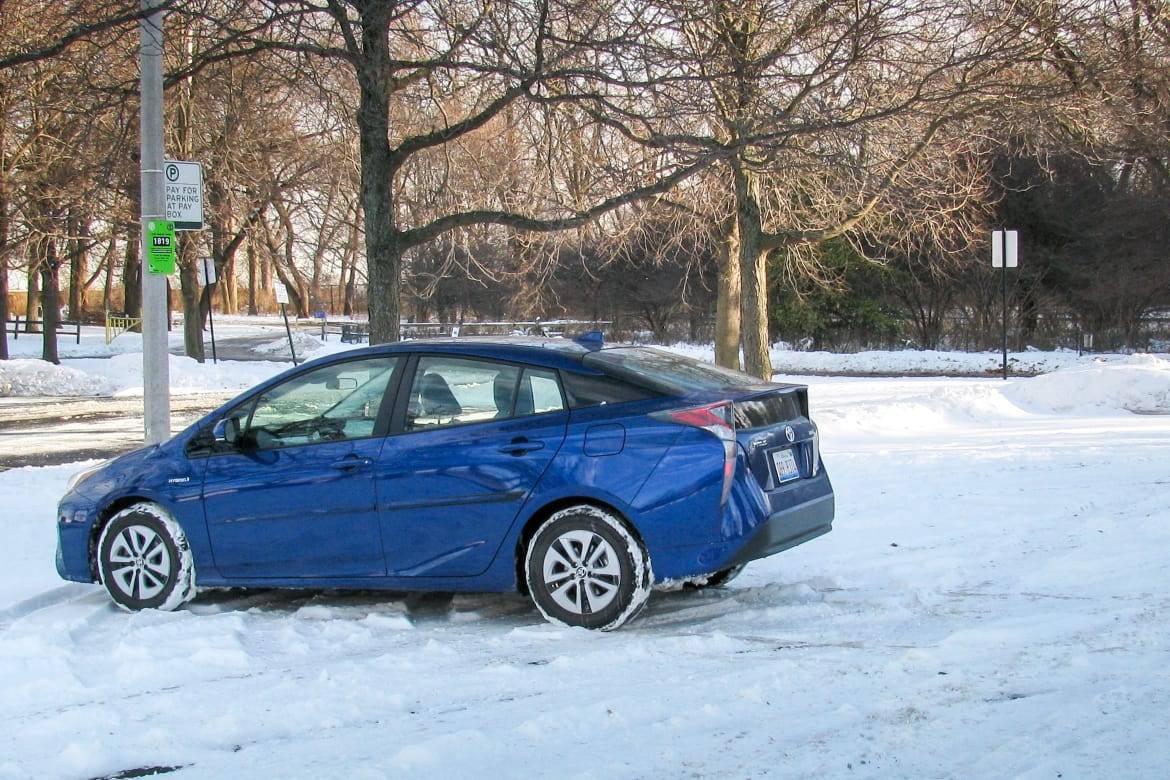
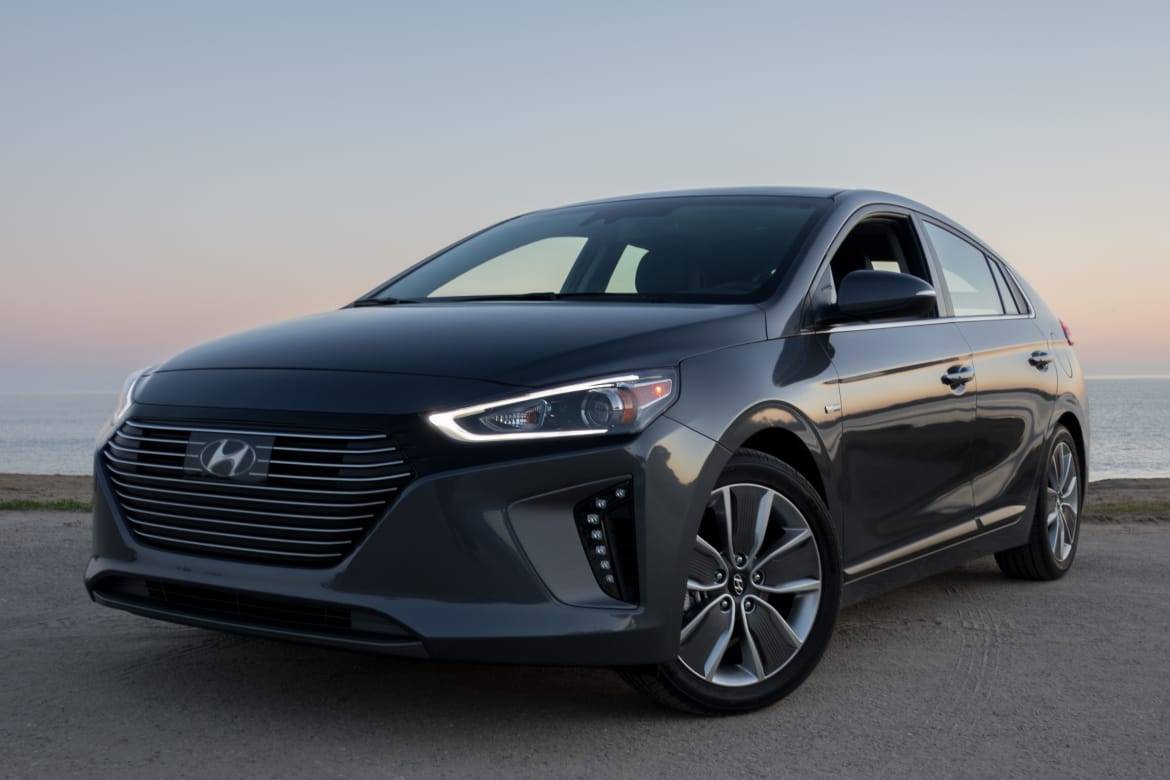
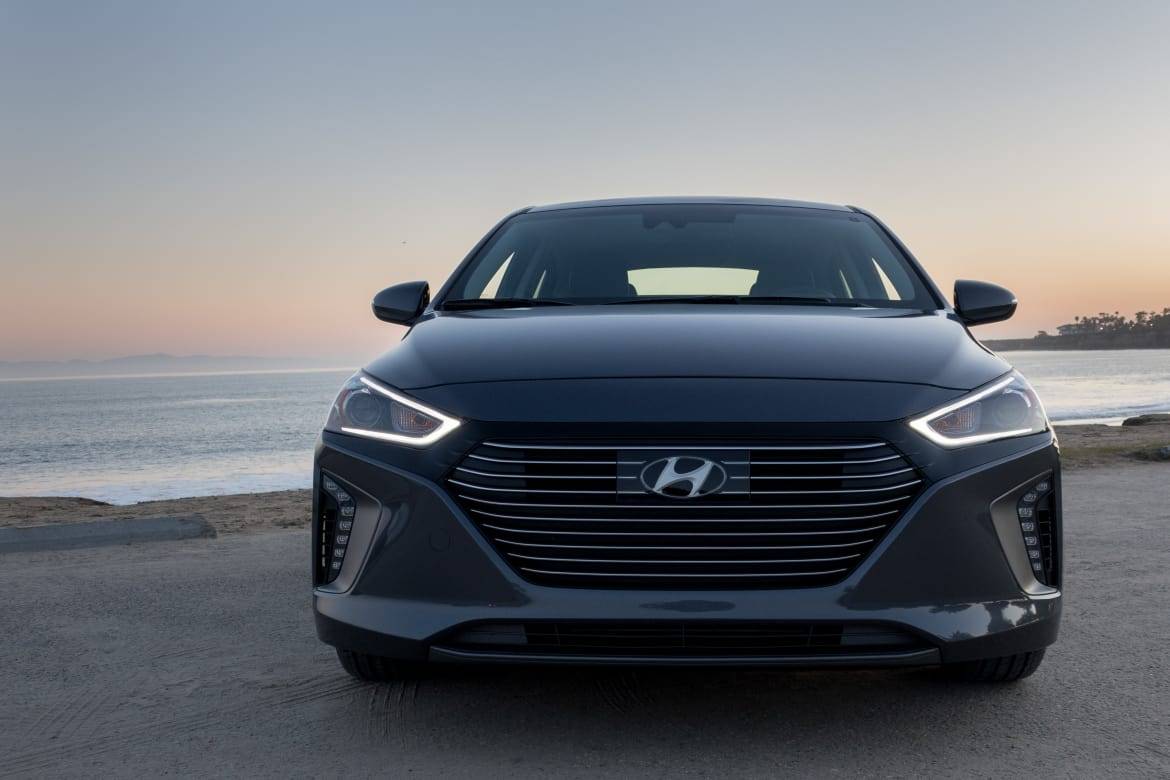
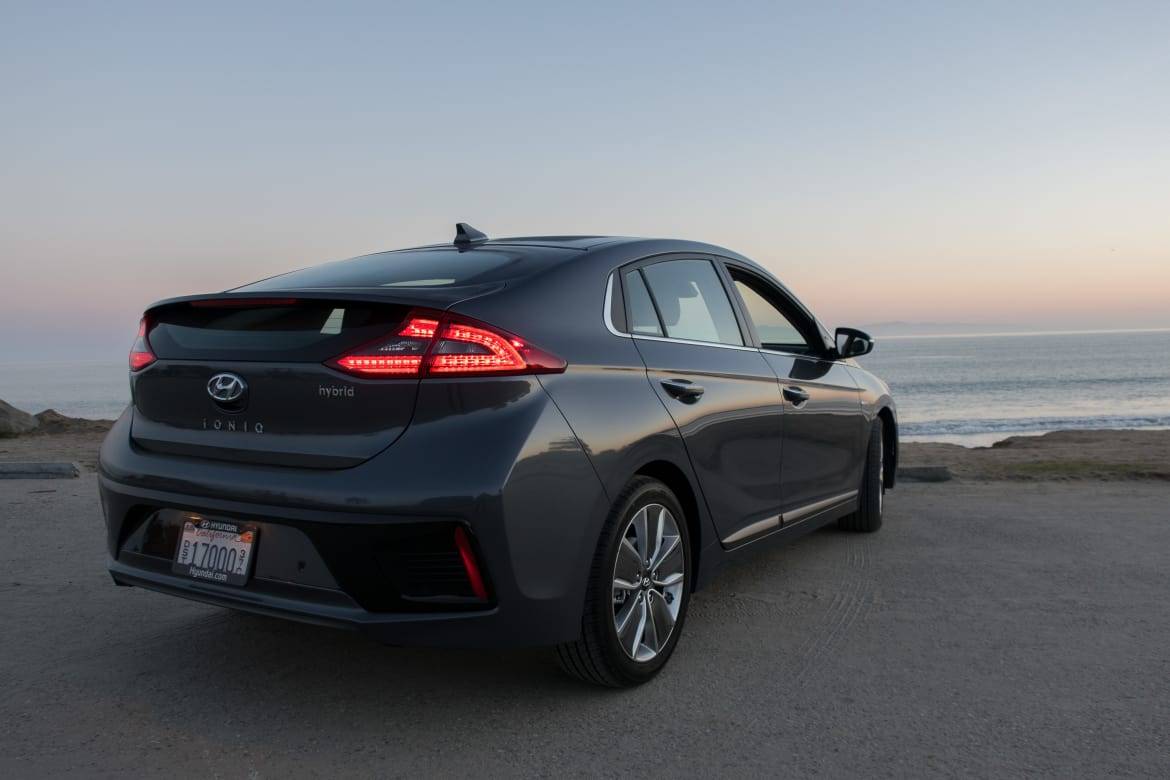






While each vehicle is similarly fuel-efficient, there are some differences right off the bat between these two hybrid vehicles, starting with styling. Although both hybrid hatchbacks have a similar silhouette, the Prius stands out while the Ioniq Hybrid blends in. Each hybrid also takes a different approach to the driving experience: The Prius and its continuously variable automatic transmission offer a rubber band-y sort of brake and throttle response, while the Ioniq Hybrid opts for a six-speed dual-clutch automatic that drives (again) more like a conventional car. Let’s put it this way: The Ioniq Hybrid tries to be inconspicuous, while the Prius wears neon and has a boom box on its shoulder.
So how do you choose between these two hybrid cars? For many car shoppers, it will come down to value. Here’s what you can get on each hybrid model at different prices.
Trim Levels
The Hyundai Ioniq Hybrid will be offered in three trims: Blue, SEL and Limited. The Toyota Prius has six trim levels: Two, Two Eco, Three, Three Touring, Four and Four Touring.
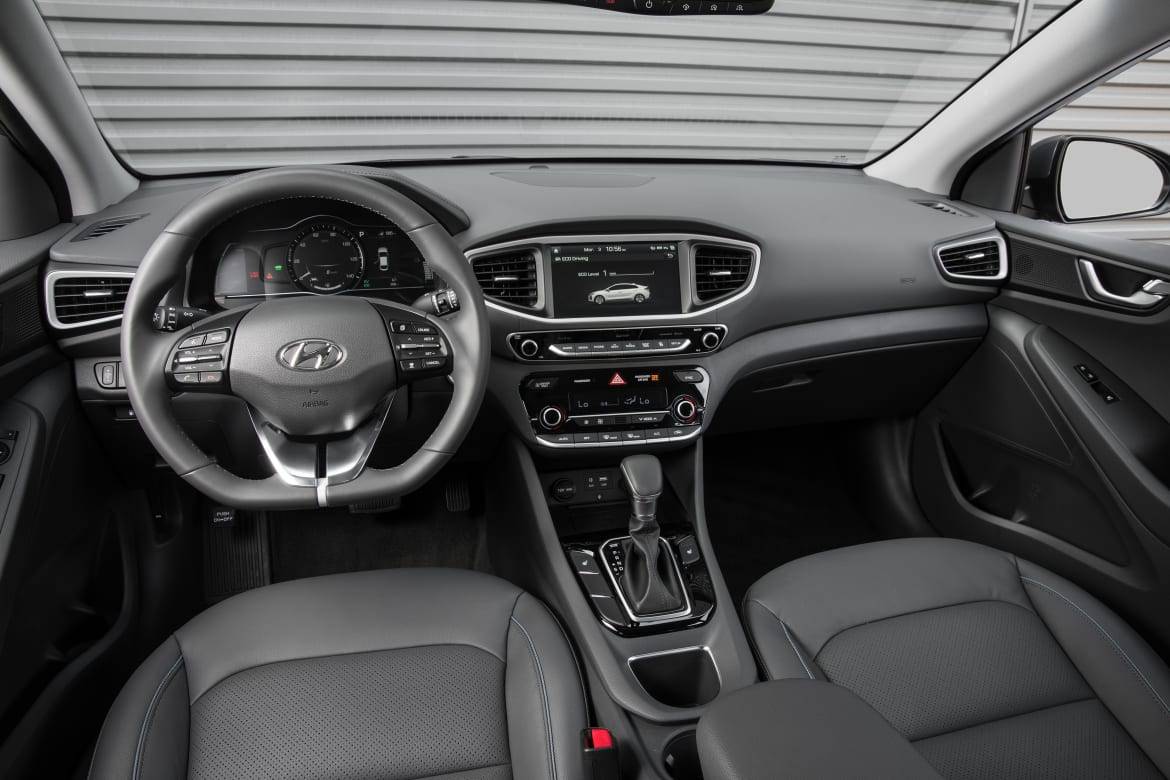
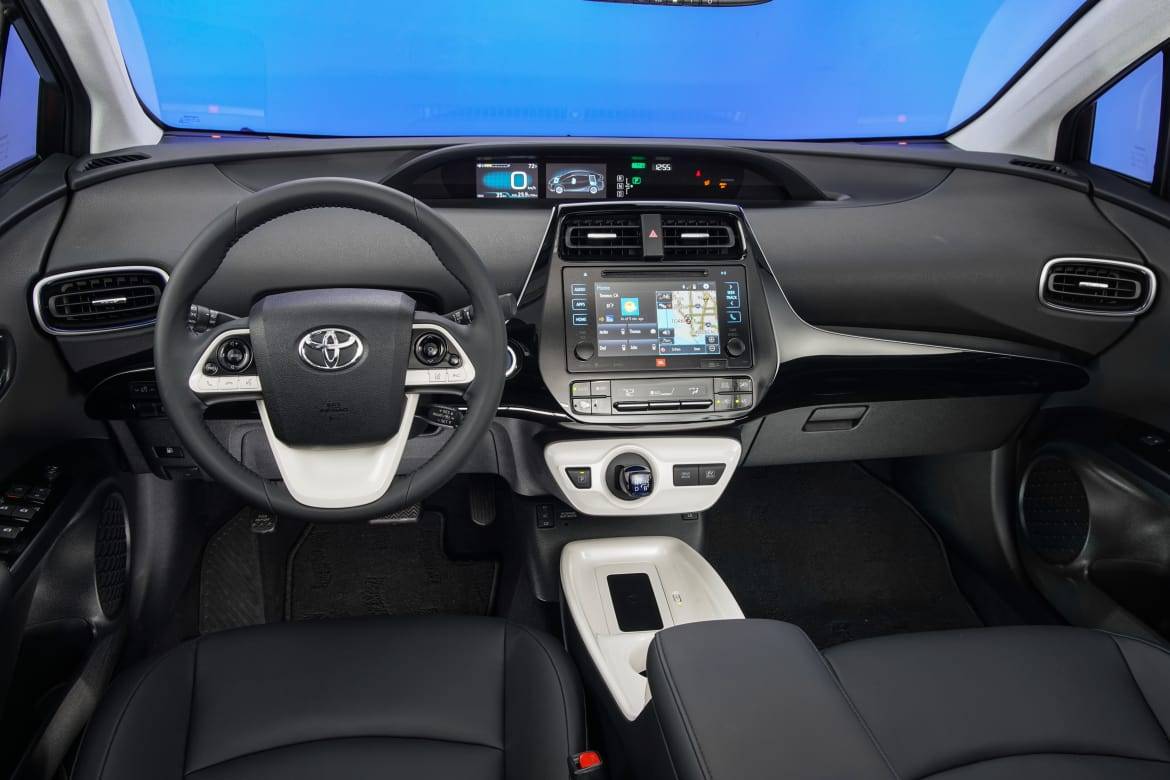

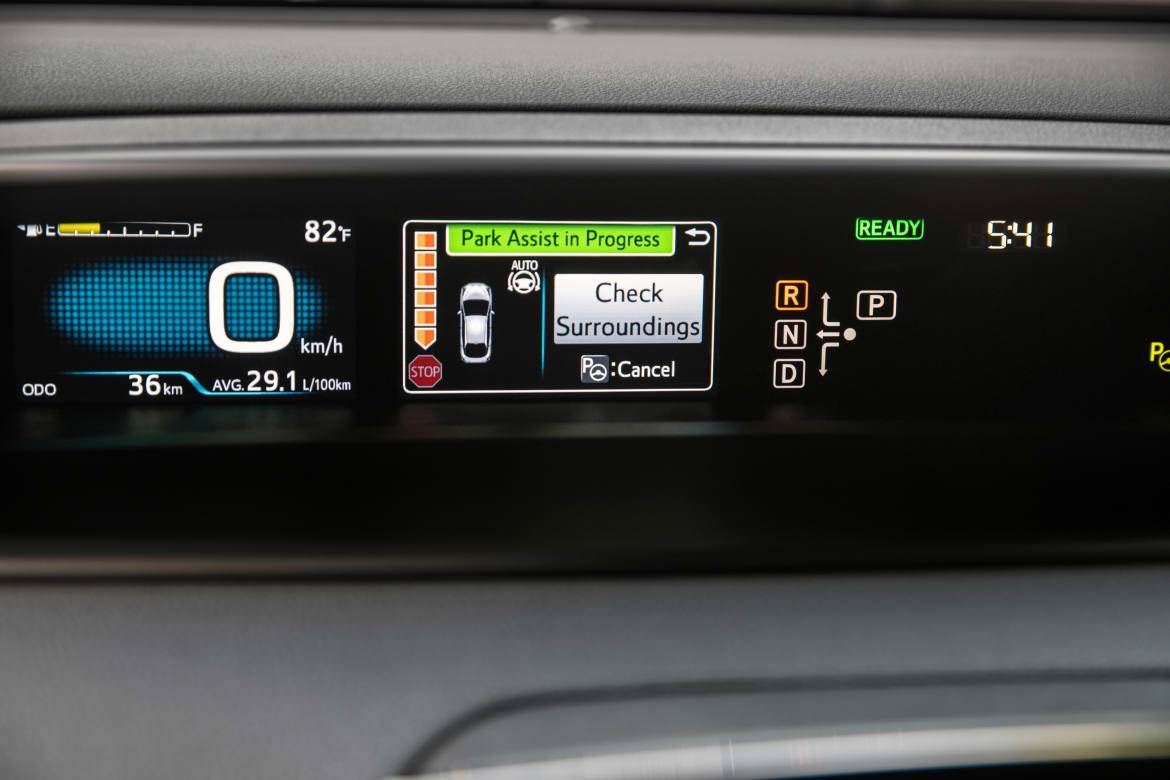




The Prius has one big advantage over the Ioniq Hybrid: safety technology. As part of Toyota’s initiative to include standard forward collision warning with autonomous braking on the majority of its vehicles by 2018, the Prius comes standard with Toyota Safety Sense-P, which includes automatic emergency braking with pedestrian detection, lane departure warning with lane keep assist, and adaptive cruise control. Those features aren’t standard on any of the Ioniq’s three grades; they are not offered on the Blue model and are offered only as part of option packages for the SEL and Limited models.
Ioniq Hybrid Blue ($23,035) Vs. Prius Two Eco ($26,050)
These are the two trims that offer the best fuel economy for the respective models. There is a significant difference in price at this trim level — $3,000 is nothing to sneeze at — but the Two Eco is well-equipped comparatively, especially on the safety front: As mentioned, TSS-P is standard on the Two Eco, and none of those technologies are offered on the Blue. (All prices include destination charges.)
Each hybrid vehicle comes with display audio systems with decently sized screens (6.1 inches on the Toyota, 7 inches on the Hyundai), backup cameras, cloth upholstery, proximity key entry and Bluetooth connectivity. The Ioniq offers an extra USB charging port, with two to the Prius’ one on all trim levels, as well as dual-zone automatic climate control, which bests the Prius’ single zone.
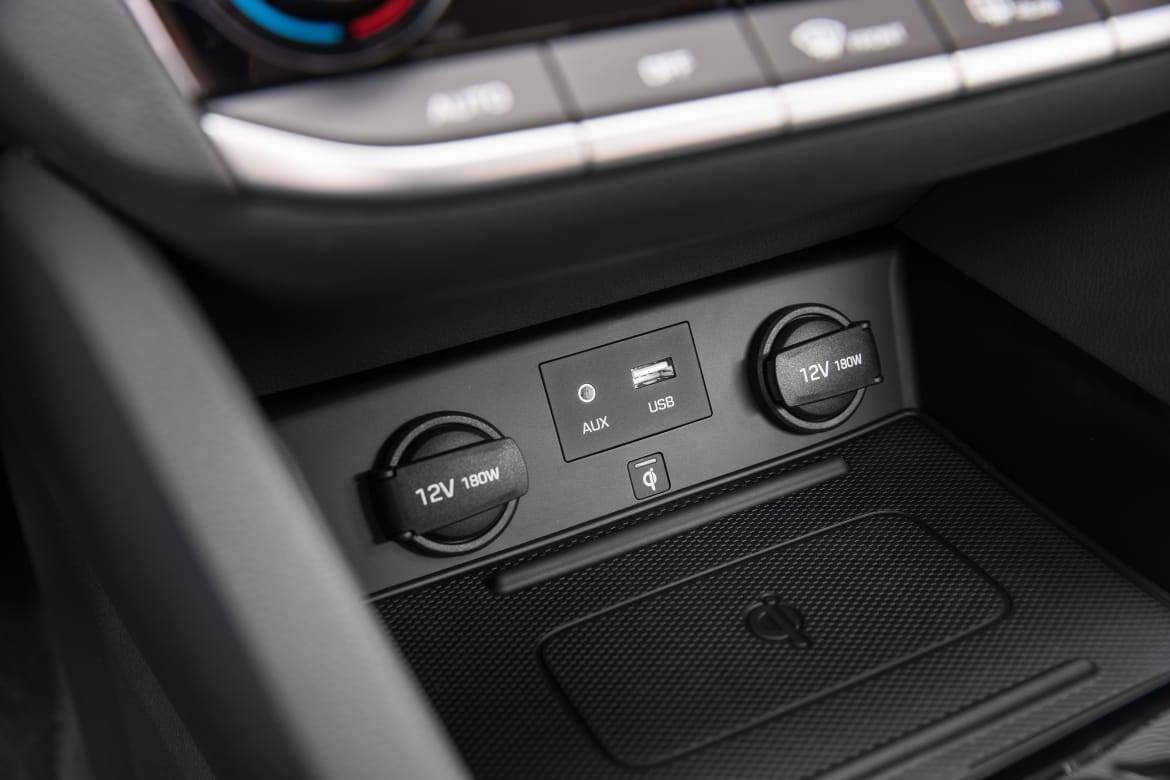
Looking at these two trims in particular highlights the biggest feature difference between the cars: If you want Android Auto or Apple CarPlay, the Ioniq is the only one to offer it. And if you want advanced safety features along with the best fuel mileage, the Prius is the only vehicle to offer that.
Ioniq Hybrid SEL With Tech Package ($25,785) Vs. Prius Three ($27,620)
Both of these hybrid cars include all of the previously mentioned features. The Ioniq Hybrid SEL still needs to add the Tech Package to add on enough safety technology (like autonomous emergency braking and adaptive cruise control) to match the Prius. But even with the addition of that package, it’s still around $1,500 less than the Prius Three.
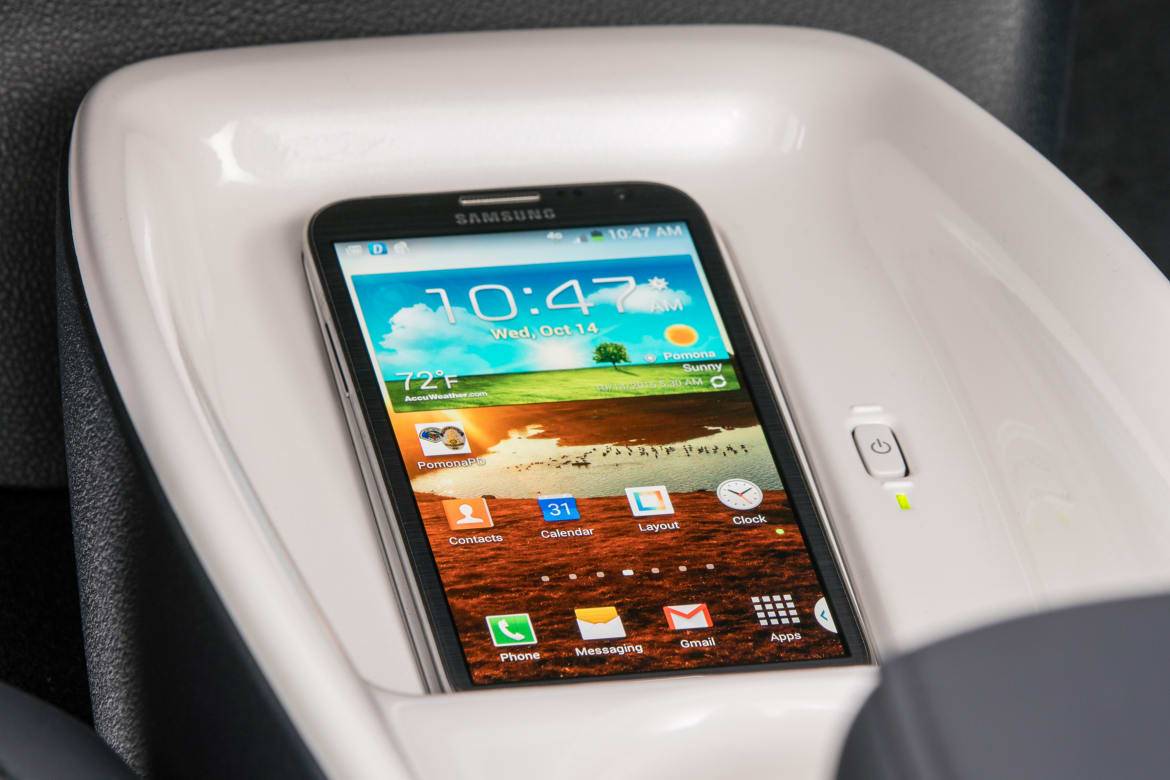
The Ioniq SEL also adds heated front seats and a power driver’s seat — features missing on the Prius — but the Prius Three counters with a Qi wireless charging pad for smartphones and built-in navigation.
Ioniq Hybrid Limited With Ultimate Package ($31,335) Vs. Prius Four Touring ($30,900)
These are the top-of-the-line trims for each model respectively and finally one where the Prius has the lower sticker price.
For the Ioniq Hybrid, the Limited adds a power sunroof, leather upholstery and auto-dimming rearview mirror. Opting for the Ultimate Package adds a larger 8-inch touchscreen, navigation and enough safety features to bring it up to par with the Prius. It even adds a wireless device charging pad of its own.
The Prius Four Touring is also very well equipped, adding faux-leather upholstery and powered and heated front seats. A Premium Convenience Package is offered that features an automatic parking system.
Which One?
When it comes to value, the 2017 Hyundai Ioniq Hybrid and 2017 Toyota Prius offer similar features at similar prices. There are caveats to each model, however: The Ioniq Hybrid doesn’t come with the same level of safety equipment standard, and the Prius doesn’t offer Android Auto or Apple CarPlay. And there will always be a split between those who prefer more conservative styling or something more modern.
Of course, none of that will matter to car shoppers if either of these cars can’t live up to their estimated fuel-economy figures. Looks like we have some more testing to do.
Cars.com’s Editorial department is your source for automotive news and reviews. In line with Cars.com’s long-standing ethics policy, editors and reviewers don’t accept gifts or free trips from automakers. The Editorial department is independent of Cars.com’s advertising, sales and sponsored content departments.

Former L.A. Bureau Chief Brian Wong is a California native with a soft spot for convertibles and free parking.
Featured stories
